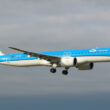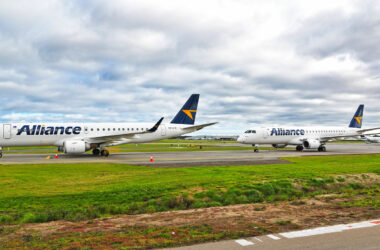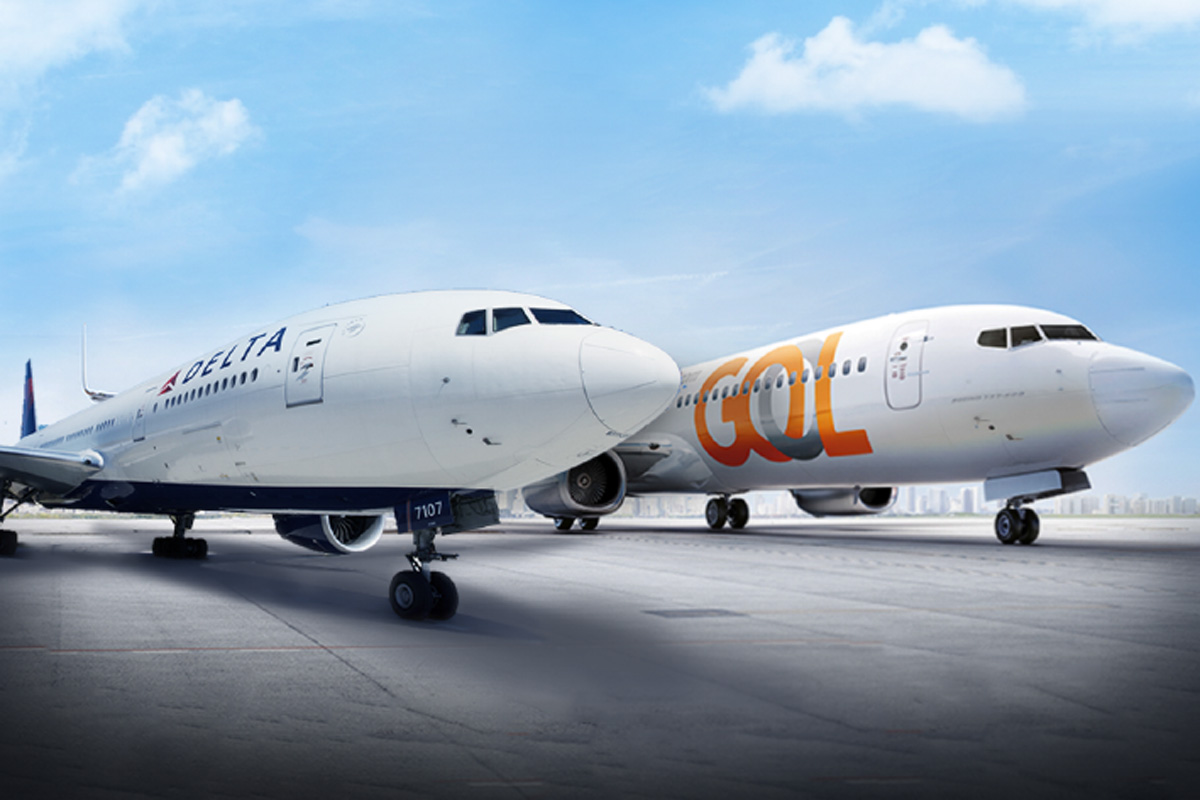The Covid-19 pandemic was cruel to the Airbus A380. In the first months of the crisis in 2020, almost all aircraft of the type were grounded due to the widespread suspension of international flights around the world and social isolation measures, which drove passengers away. Soon, the massive 500-plus-seat plane was out of use. Two years later, the situation changed.
With the resumption of demand for air travel, especially on long-haul flights, the A380 is experiencing a moment of recovery, contrary to previous expectations about its future. In recent months, aircraft that many thought would never fly again are being prepared to return to service.
This is what will happen with the “superjumbos” of the airline Lufthansa, which has given up on retiring part of its aircraft and is now preparing to recover part of the fleet in time to enjoy the high summer season, starting in June 2023.
Korean Air and Asiana Airlines, both from South Korea, are also experiencing a similar situation and are working on reactivating their A380s.
How many A380s are in service?
A report released by real-time flight tracking platform FlightRadar24 published on June 28 showed that by that day more than half of the global Airbus A380 fleet was back in service. In all, the website had 129 active aircraft with seven airlines.
Largest A380 customer, Emirates Airline leads the ranking with 88 active aircraft, representing 68% of the active fleet. Following are British Airways with 12 jets in service, Singapore Airlines with ten, Qatar Airways with eight, Qantas Airways with four, China Southern Airlines with three and Asiana Airlines and Korean Air with two active aircraft each.
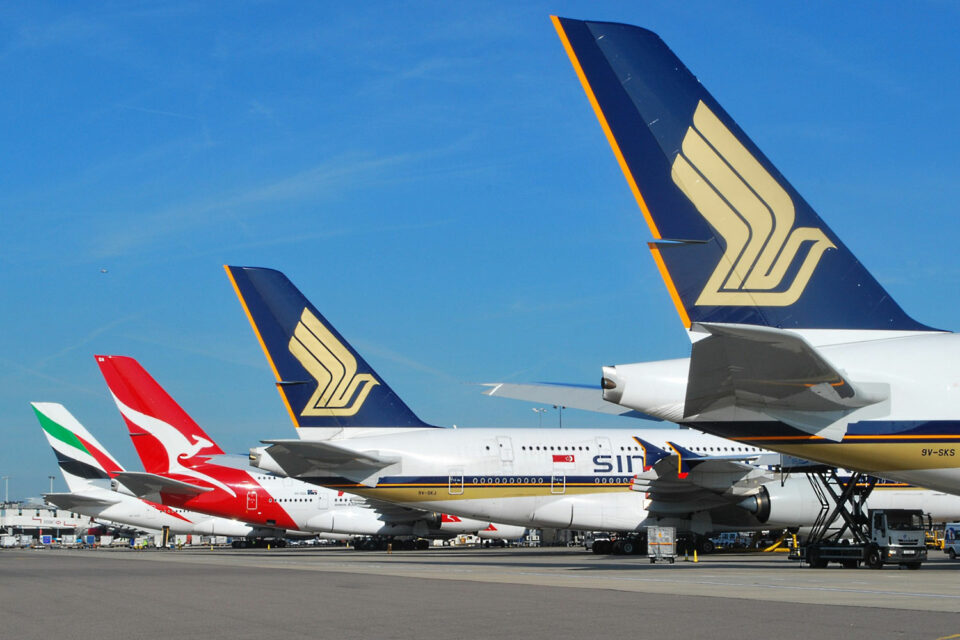
How many A380s can still return to service?
As long as a commercial aircraft is kept in storage, on hold or for sale, there is always some chance that it will fly again. According to the FR24, 100 A380s appear with the status.
The airline with the most aircraft of the type in sotrage is Emirates, which maintains 34 A380s. The Dubai-based carrier, however, is unlikely to reactivate all these aircraft, as it works on renewing its fleet by opting for more efficient planes such as the Airbus A350 and Boeing 787 – and in the future the new Boeing 777-9.
Lufthansa appears on the list with 14 A380 jets “on hold”, six of which will be repurchased by Airbus – and possibly scrapped. The German company has not yet disclosed whether it intends to reactivate the eight remaining airliners in its fleet or just part of them.
The most recent customer of the A380, airline ANA, purchased three dual-deck aircraft, but barely had time to fully operate them due to the pandemic. In a recent statement, the company said it will reactivate at least one device in October on the route between Tokyo and Hawaii.
Another carrier that is experiencing a resumption phase on long-haul flights, Qantas Airways recently took two A380s out of storage and sent them in for maintenance, indicating they are expected to return to service soon.
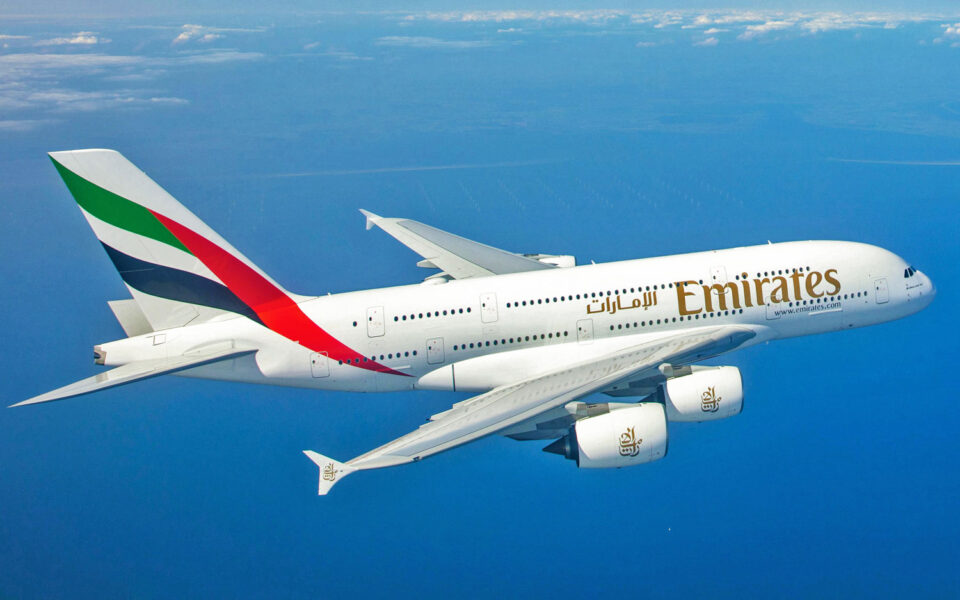
The most uncertain situation concerns the ten A380s stored by Etihad Airways. Unlike the other operators of the Airbus plane, the Abu Dhabi company so far has not commented on the destination of its aircraft
Finally, there are two companies that have put their A380s up for sale, although they haven’t been interested in buying them yet. Thai Airways is trying to sell two of its six four-engine aircraft that have been unused for months, while Malaysia Airlines has announced all six of its aircraft.
How many A380s were taken out of service for good?
The FR24 list also shows the number of A380s that have been taken out of service or are inactive. There are 22 aircraft in these conditions and bringing them back to activity is unfeasible.
For now, the airline that has taken the most drastic measure in relation to the A380 is Air France. In 2020, at the height of the pandemic, the French carrier announced the complete withdrawal of its ten aircraft and ruled out any possibility of reactivating them at some point, even with the eventual recovery of air travel.
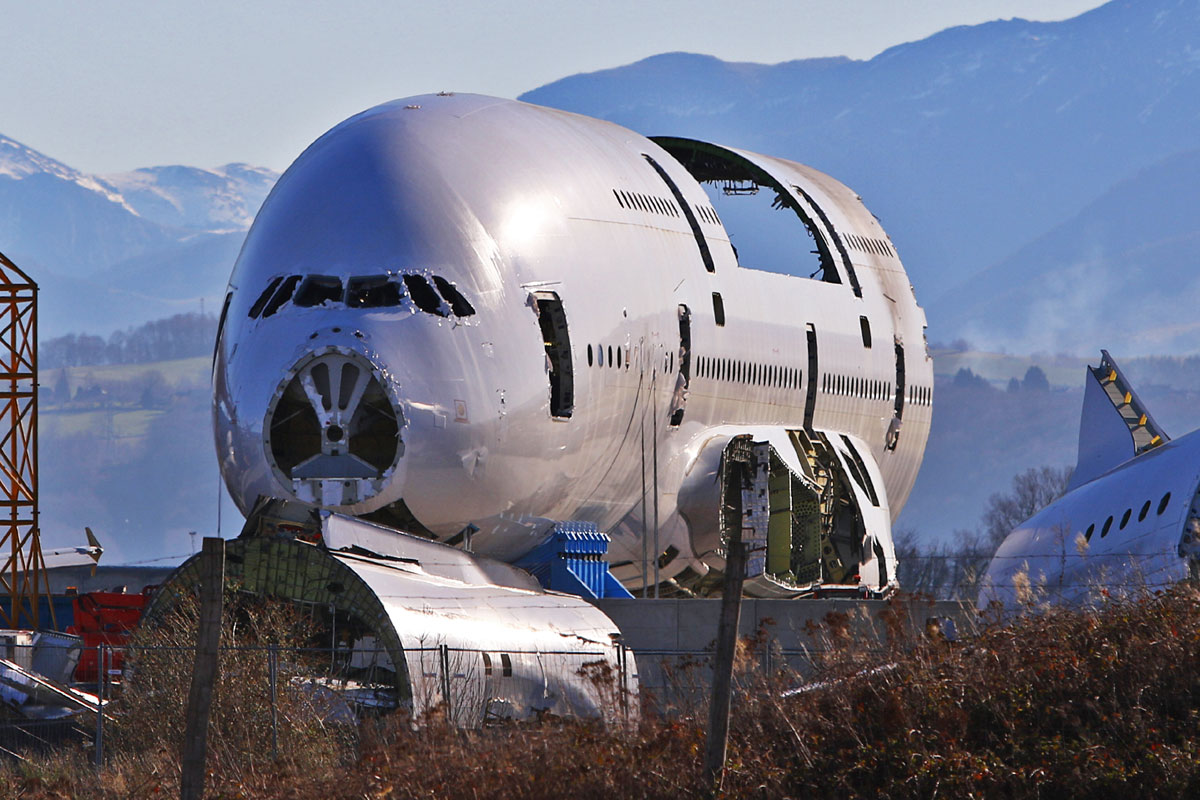
The A380 launch customer, Singapore Airlines was also the first airline to withdraw part of its fleet in 2017. Of the 24 aircraft acquired by it, five have already been withdrawn from service – one of these planes has even been dismantled.
In the China Southern Airlines fleet, the A380 is in farewell mood. The Chinese company, which owns five aircraft of the type, has already withdrawn two aircraft from service and confirmed that it will retire the others by the end of this year.
Emirates, meanwhile, has two A380s listed as withdrawn from service and another two inactive. Another former operator of the aircraft, wet-lease company Hi Fly, retired its only aircraft in 2020 after trying out the four-engine as a retrofitted freighter for a short time.


